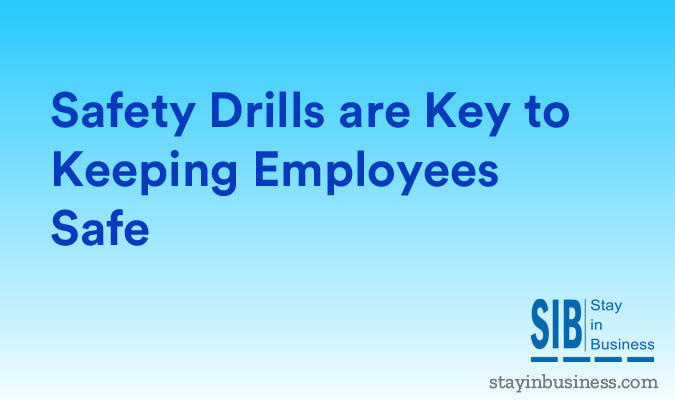Safety Drills are Key to Keeping Employees Safe

Safety Drills help ensure employee safety in the workplace.
Disasters oftentimes strike without warning. Therefore, being prepared is the essence to mitigating its impact on employees while in the workplace. Safety drills may upset normal routine and may be considered a nuisance by employees and employers alike, but they form the bedrock of emergency preparedness for your organization.
A safety drill will depend on a number of factors such as:
- Type of building
- Occupancy
- Identified risks
- No of employees
- Type of emergency being tested
To conduct realistic safety drills for your organization, the emergency should be simulated as closely as possible to the real thing. Safety drills should be held repeatedly till it becomes a secondary part of daily life. During an emergency, panic and chaos will prevail and it is only the repeated training imparted to the employees which will ensure order in the face of adversity.
The following is a safety drill check list:
- Communication channels – a detailed plan should be made to handle emergency communications to your employees.
- Escape routes – all escape routes should be clearly marked using easily visible signs and all employees should be familiar with all escape routes.
- Meeting places – designated meeting places, clearly marked, will be the assembly points after evacuation. A headcount should be taken to find out if any employees are missing etc.
- Emergency lighting and signs – Emergency lighting should not wholly depend on the primary source of power, but be powered independently. Signs should be clearly visible.
- Traffic flow – traffic should be regulated so that emergency services are not hindered.
- Emergency equipment – it should be available and employees should be trained to use it properly.
Safety drills have to be taken seriously by one and all. It may mean the difference between life and death in an actual emergency.
Categories: Employee Safety
